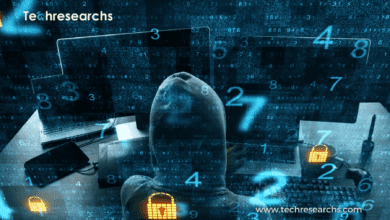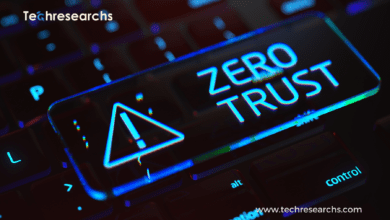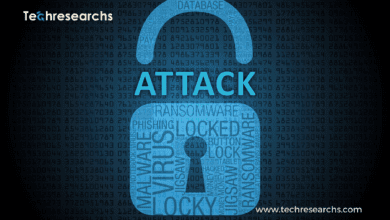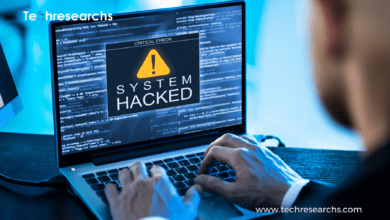IoT Cybersecurity: Protecting the Connected World
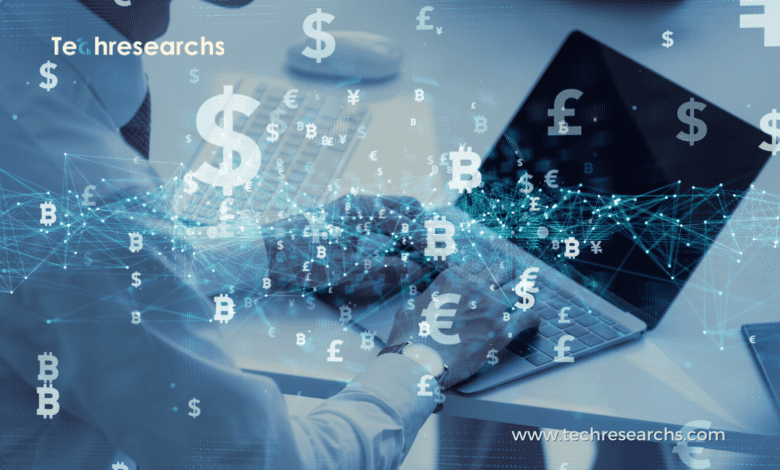

Introduction: IoT Cybersecurity
The Internet of Things (IoT) is transforming the way we live and work, connecting devices and systems in unprecedented ways. However, as the IoT landscape grows, so do the associated security risks. In this blog, we explore the critical importance of IoT cybersecurity and strategies for safeguarding the connected world.
The Growing Significance of IoT Cybersecurity
As the number of IoT devices continues to proliferate, the need for robust cybersecurity measures becomes paramount. This section sets the stage for our discussion, emphasizing the essential role IoT security plays in our connected world.
Understanding IoT
IoT refers to the network of interconnected devices, from smart home appliances to industrial sensors, all capable of collecting and exchanging data. This connectivity brings convenience and efficiency but also introduces vulnerabilities.
The Stakes are High
The data generated by IoT devices often includes sensitive information, making them tempting targets for cybercriminals. A breach can have severe consequences, from privacy violations to operational disruptions.
Challenges in IoT Cybersecurity
Securing the IoT ecosystem is far from simple, given its complexity and diversity. This section highlights the unique challenges posed by IoT security.
Device Diversity
IoT devices come in various forms and use different communication protocols, making it challenging to create uniform security solutions.
Scalability
The sheer number of IoT devices in operation makes it difficult to manage and monitor security across the entire network.
Firmware and Software Updates
Ensuring that IoT devices receive timely security updates is often a complex and overlooked task.
IoT Cybersecurity Best Practices
To protect the connected world, specific strategies and best practices are required. In this section, we explore actionable steps to enhance IoT cybersecurity.
Device Authentication
Implement robust device authentication procedures to prevent unauthorized access.
Data Encryption
Ensure that data transferred between IoT devices and servers is encrypted to protect it from interception.
Access Control
Limit access to critical IoT systems and data, only permitting authorized users.
The Role of AI in IoT Cybersecurity
Artificial Intelligence (AI) plays a crucial role in bolstering IoT security. This section delves into the ways AI can enhance IoT cybersecurity measures.
Anomaly Detection
AI can identify abnormal patterns of behavior in the IoT network, signaling potential security breaches.
Predictive Analysis
By analyzing data from IoT devices, AI can predict security threats and vulnerabilities, allowing for proactive risk mitigation.
Automation
AI-powered systems can respond quickly to security threats, mitigating risks more efficiently than manual intervention.
Learn more about Building the IoT Ecosystem: Key Players and Technologies to Watch
Conclusion – Securing the Future of IoT
In conclusion, IoT cybersecurity is a critical component in the evolving landscape of interconnected devices. As the IoT ecosystem continues to expand, it is imperative that we prioritize security to protect our data, privacy, and operations.
The challenges in IoT cybersecurity are substantial, but the potential risks of not addressing them are far greater. By implementing best practices, leveraging AI, and staying vigilant, we can navigate the complexities of IoT security and ensure a safer and more secure future for the connected world.
As IoT technology continues to advance, so must our commitment to safeguarding it. In this ever-evolving landscape, security is not an option; it is a necessity.
